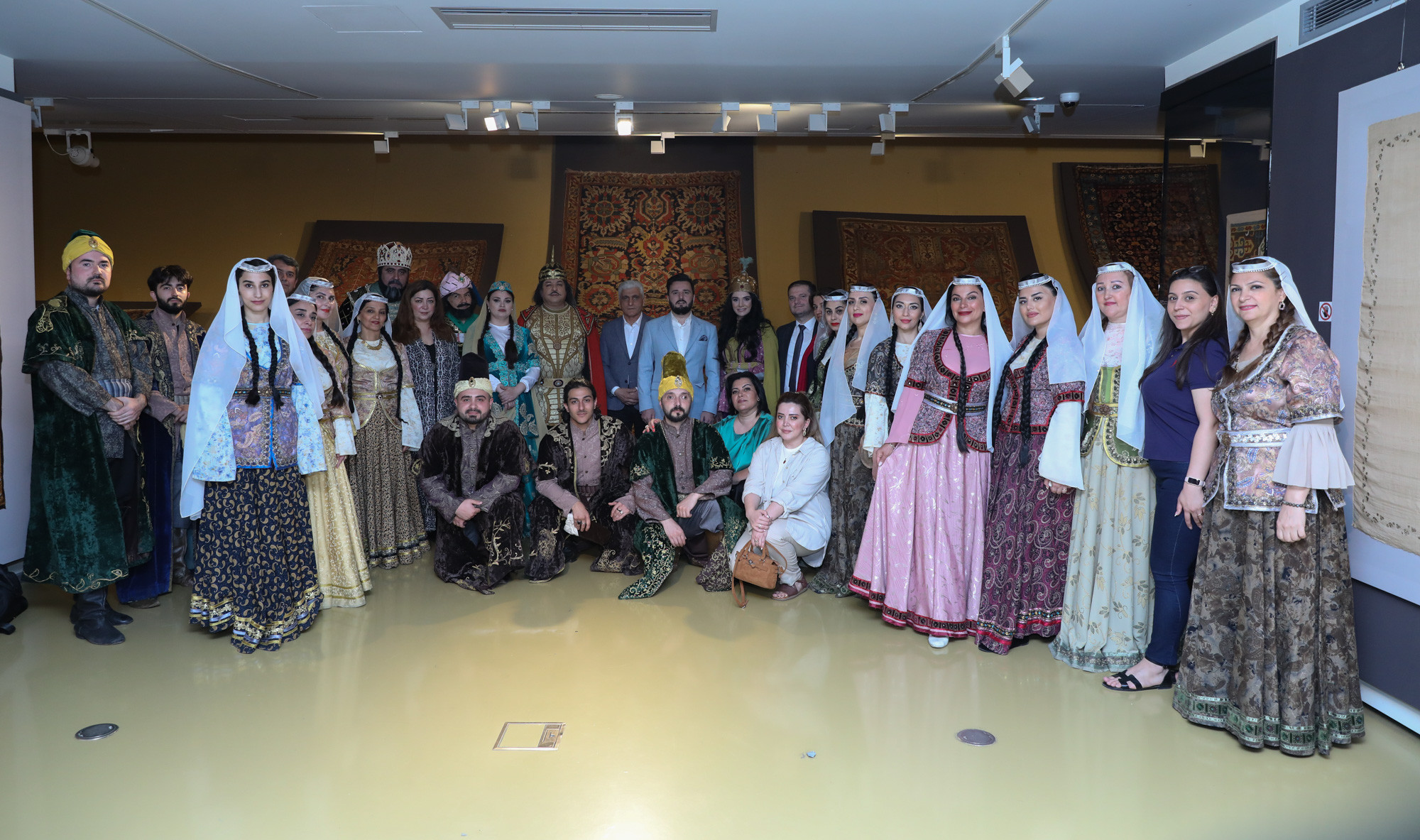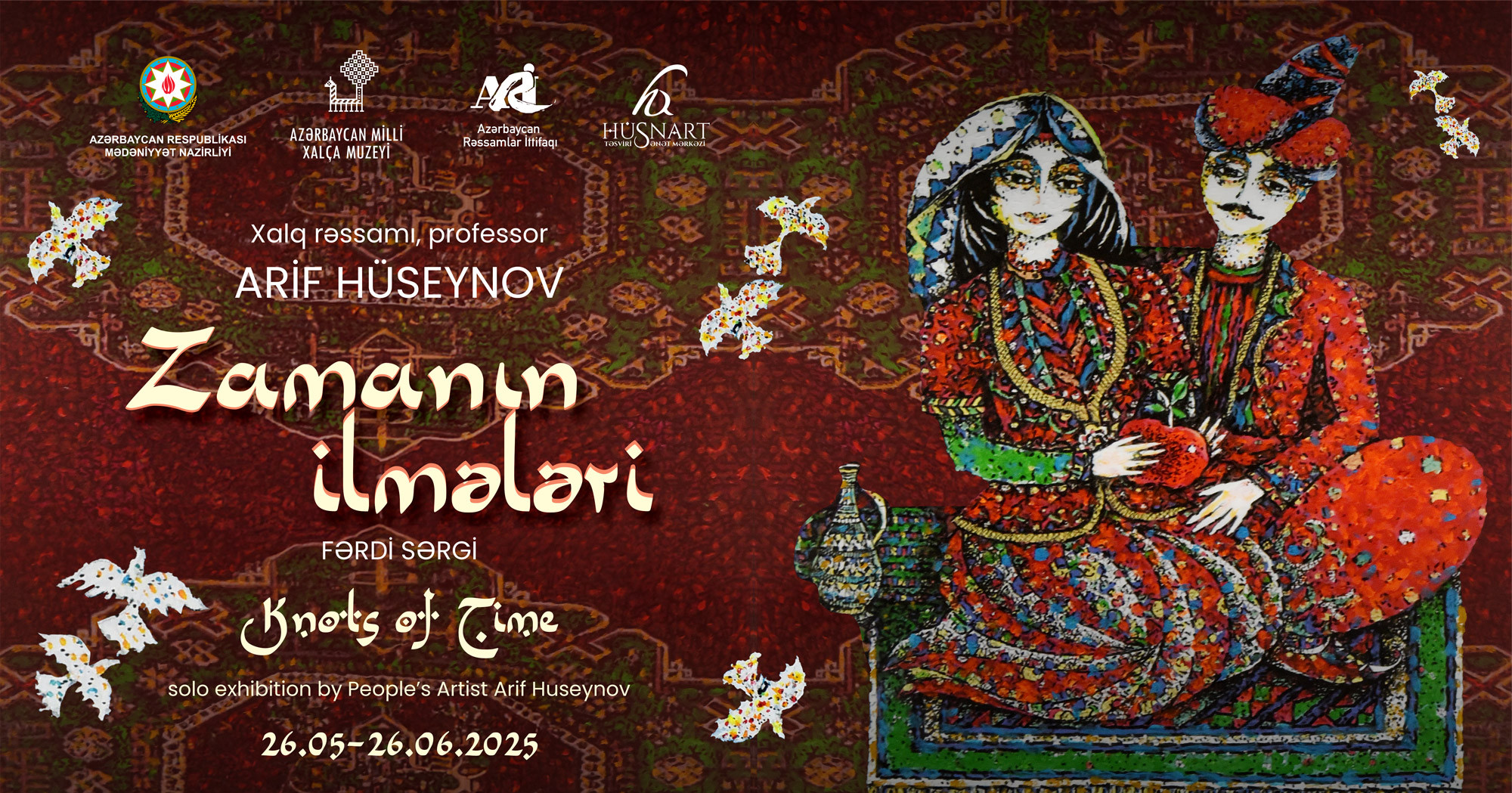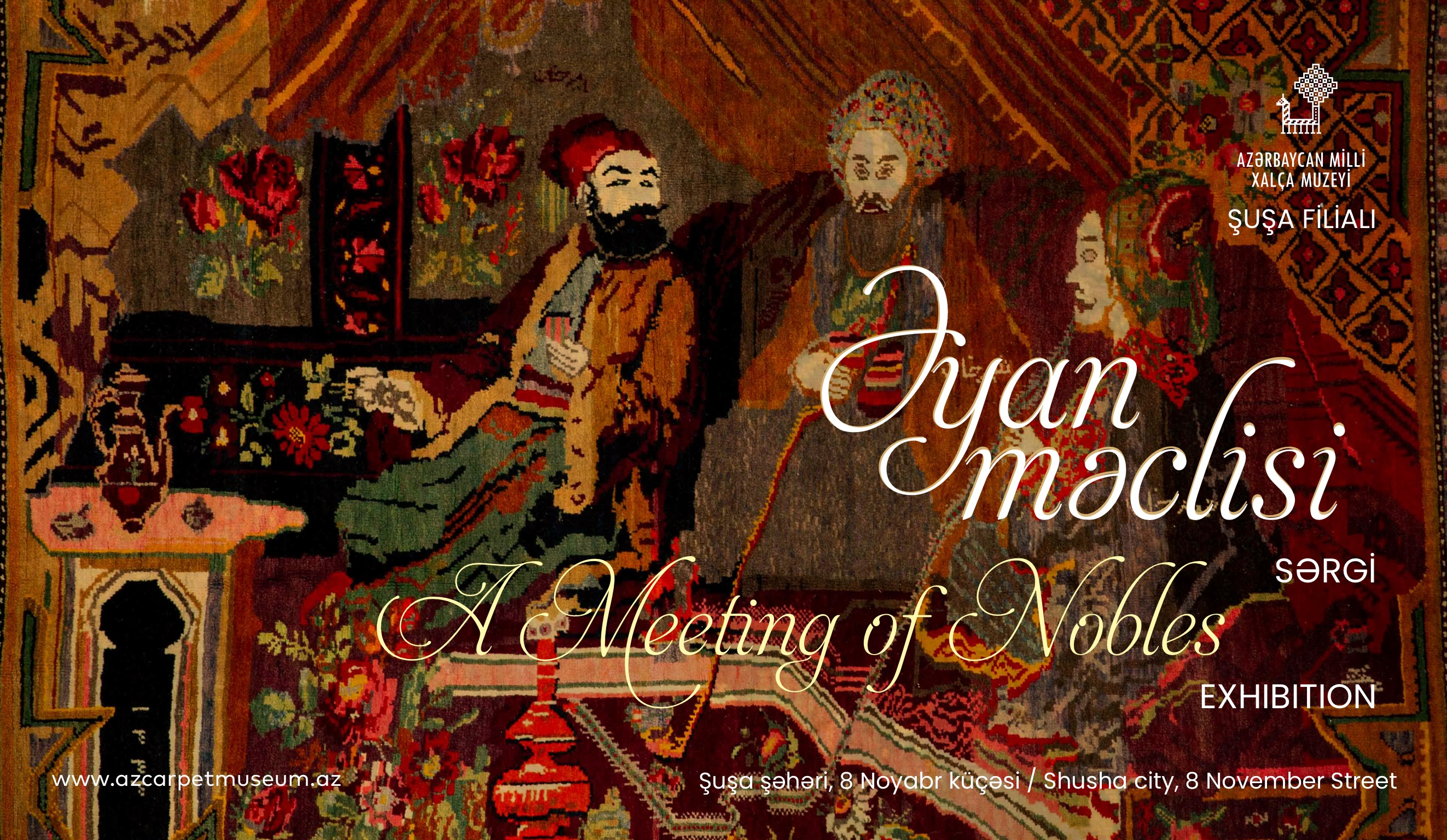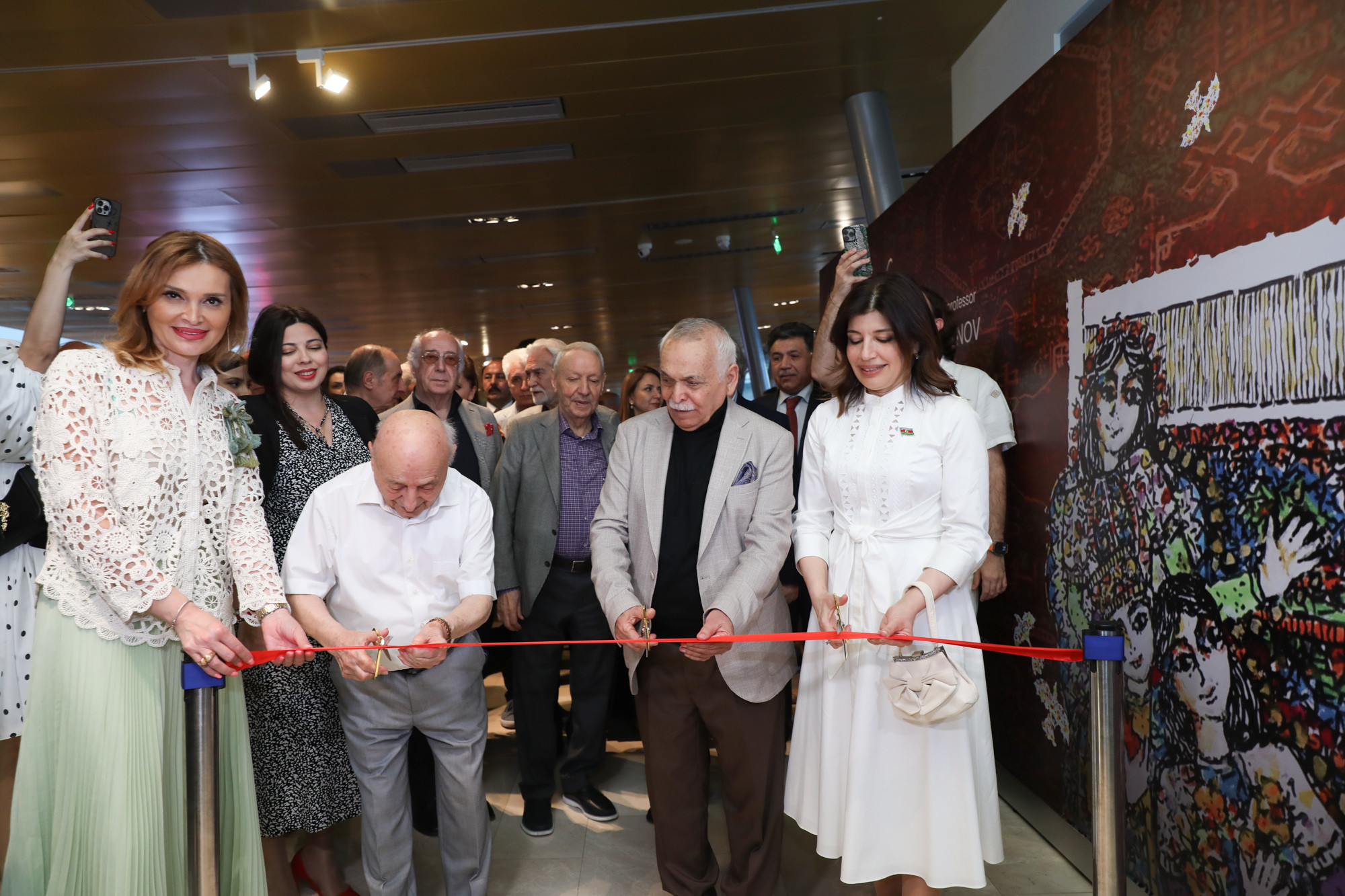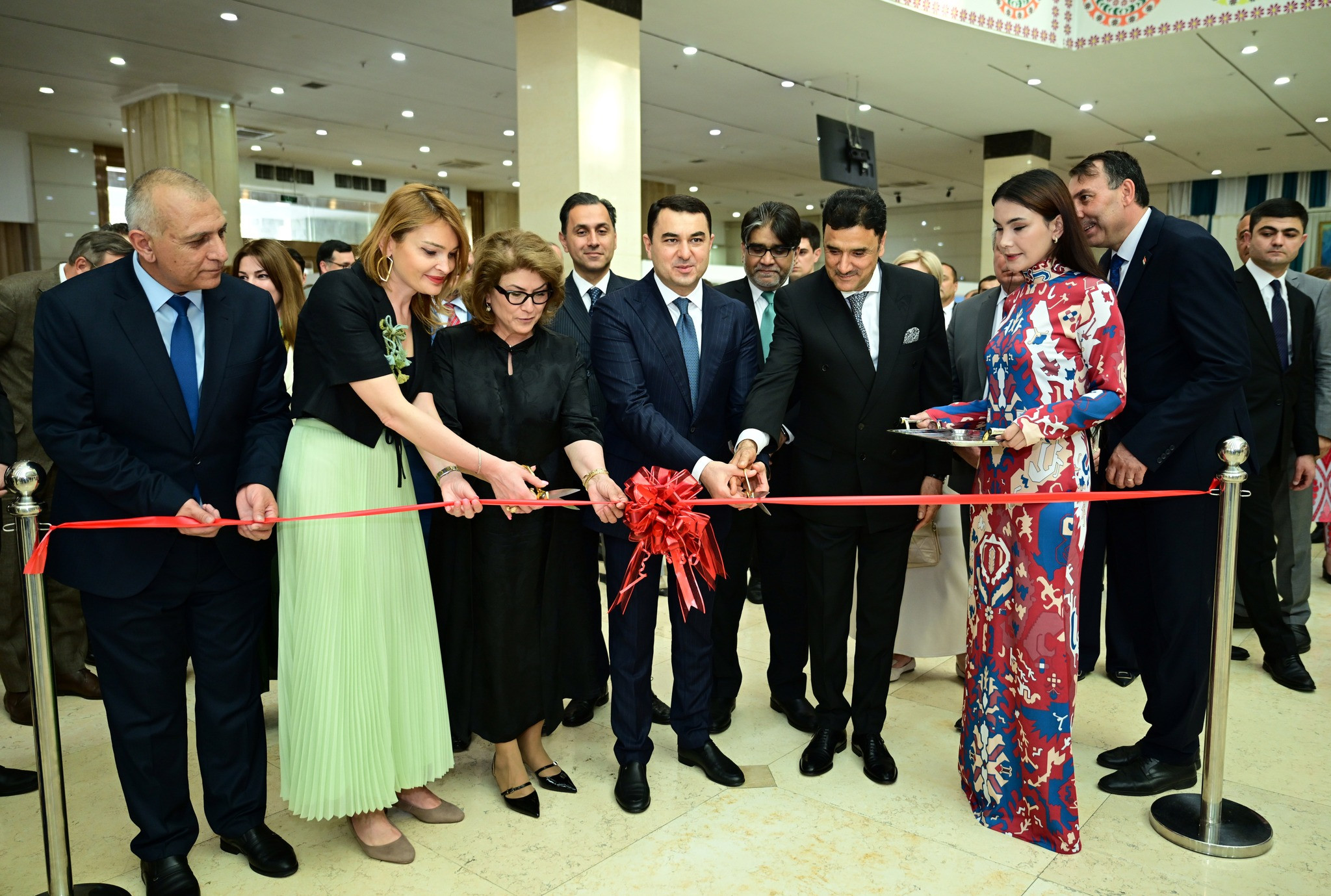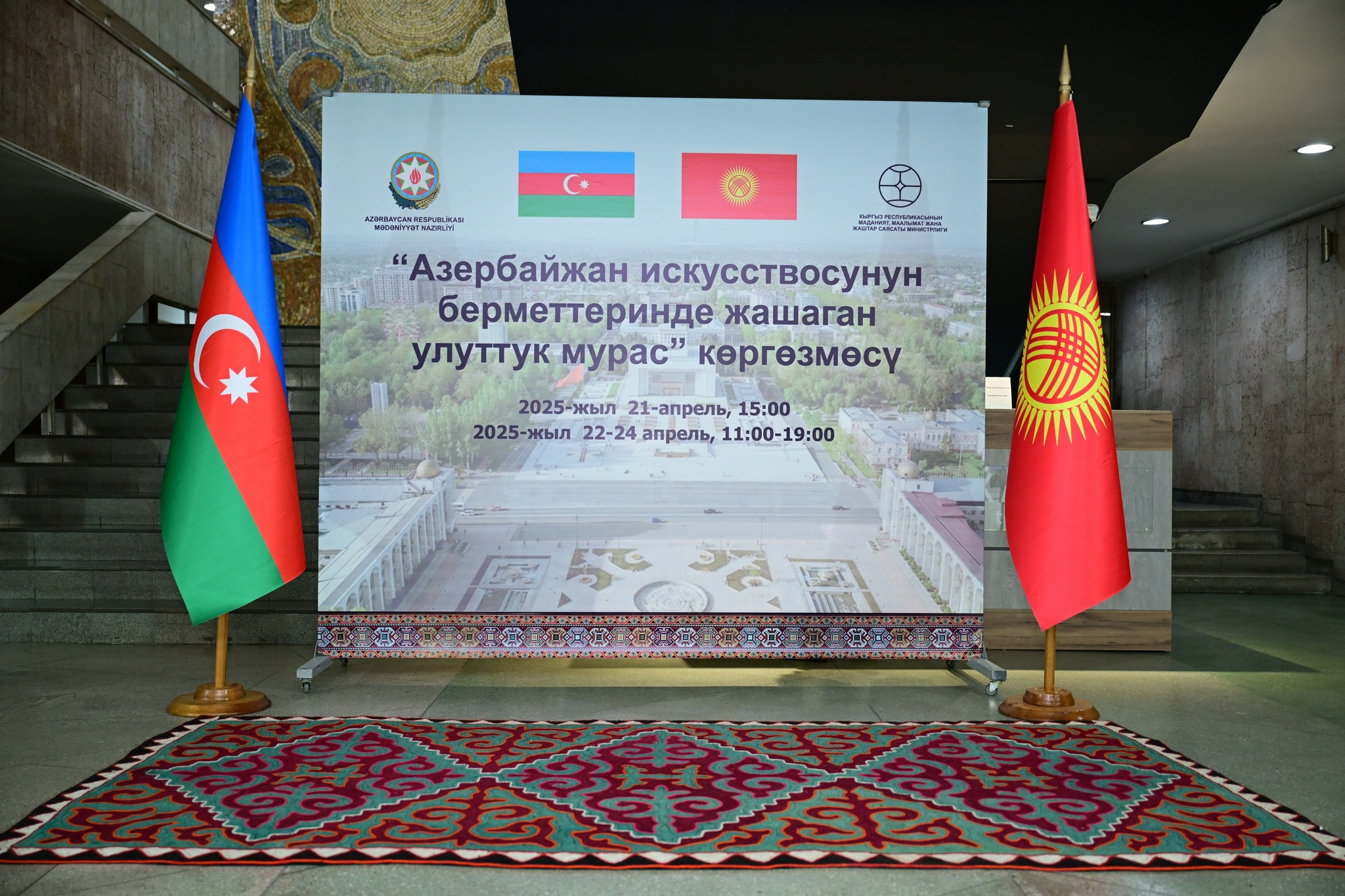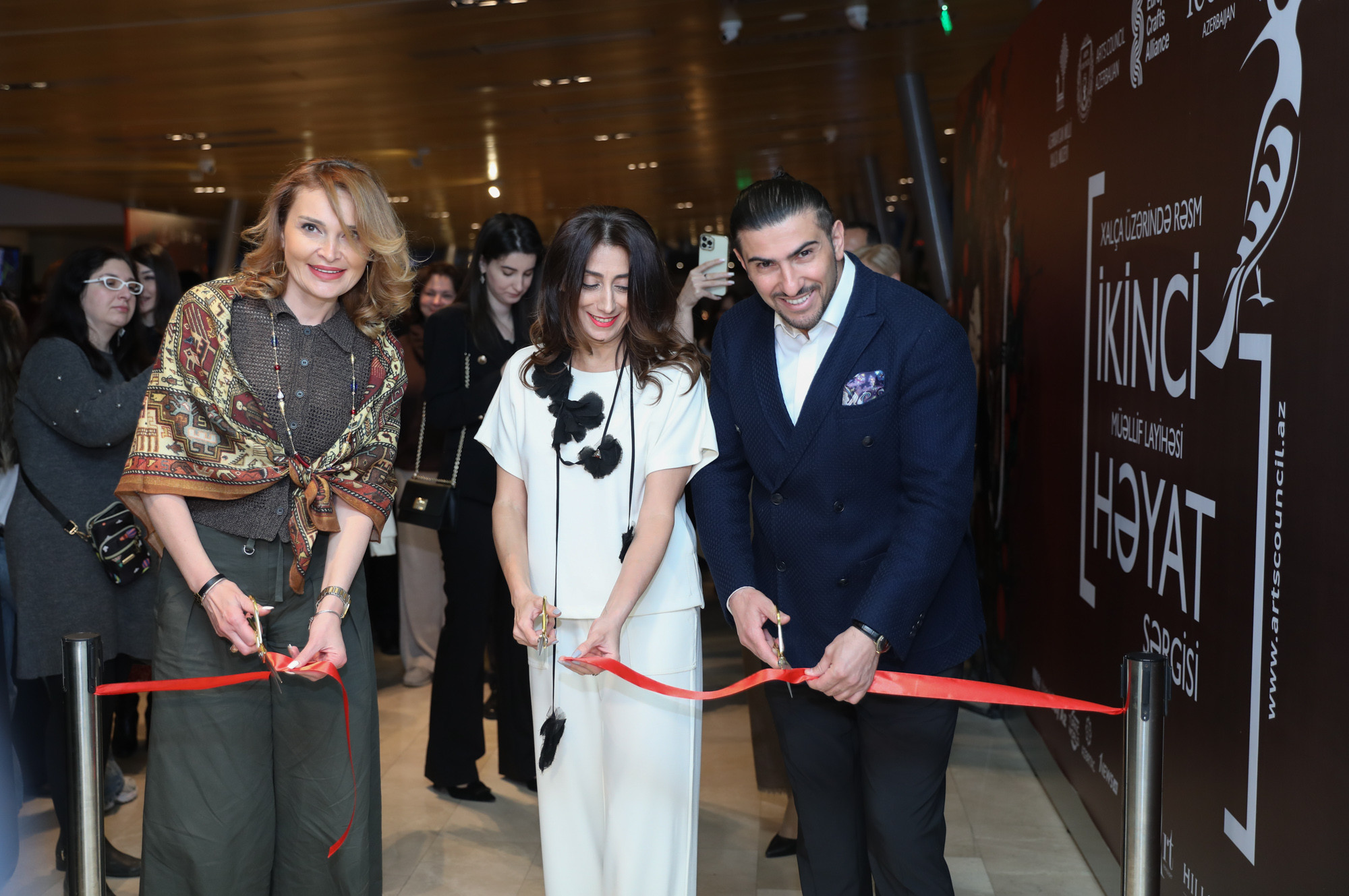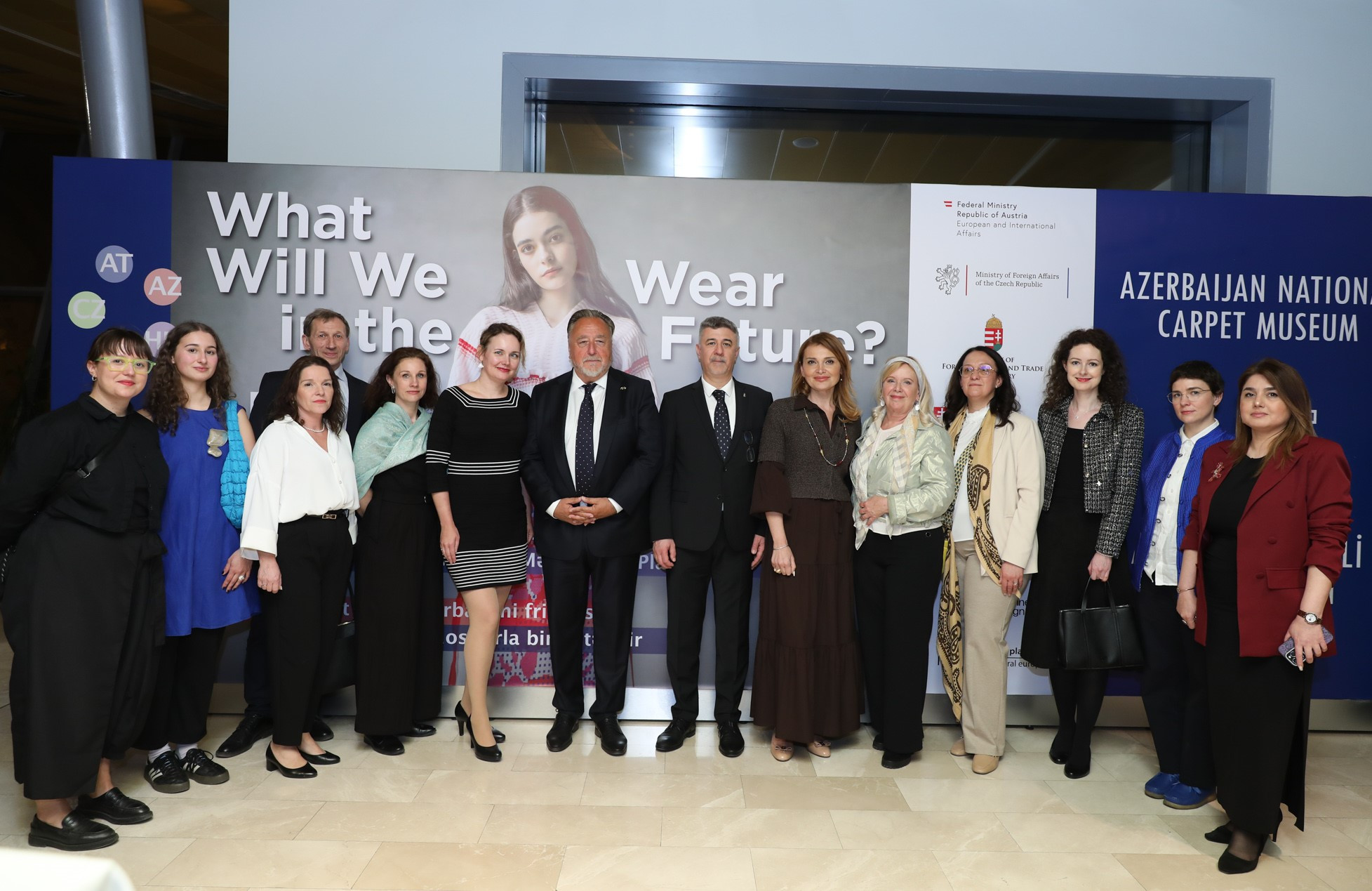Carpet Fahraly
Because of our people’s great love for Islamic values, serious consideration has been given to attributes for the religious ritual. Namazlig (an embroidered prayer rug) preserved in the museum's Pile Carpets collection is notable for its delicacy.
The concept of namazlig is first detected in sources of the 12th-13th centuries. With the arrival of Islam in Azerbaijan, the production of prayer rugs rapidly increased.
The image of mihrab (a semicircular niche in a mosque in direction of sacred city Mecca) decorates asymmetric prayer carpets. Mohur (a prayer stone), gurangabi (a case for the Quran), rahil (a stand for a book), alam (a symbol), tesbih (prayer beads), gulabdan (a pitcher for storing rosewater), chandelier, and comb are the main patterns on prayer rugs. Common to many of them was the presence of inscriptions including verses from the Quran, scriptures, date, and the author's name. Motifs placed under mihrab are of primer importance. Azerbaijani prayer rugs are grouped according to the patterns inside mihrab, its schematic structure, and shape.
*
The Fahraly prayer rug, dating back to 1342 AH (1924), manifests high artistic qualities. The motifs that comprise the carpet’s design are religious in origin. The upper part contains a representation of the mihrab, inherent to the oriental architecture and heavily ornamented inside. The red central medallion gives the carpet a peculiar beauty. Inside the medallion are floral and hook-shaped elements. The remaining field is filled with motifs of various forms and sizes. The Fahraly carpet can be regarded as the best of the Ganja-type carpets.
Carpet Fahraly. Ganja, Azerbaijan. 1342 AH (1924). Warp, weft, pile - wool. 113x170 cm. Inv. No. 2456
